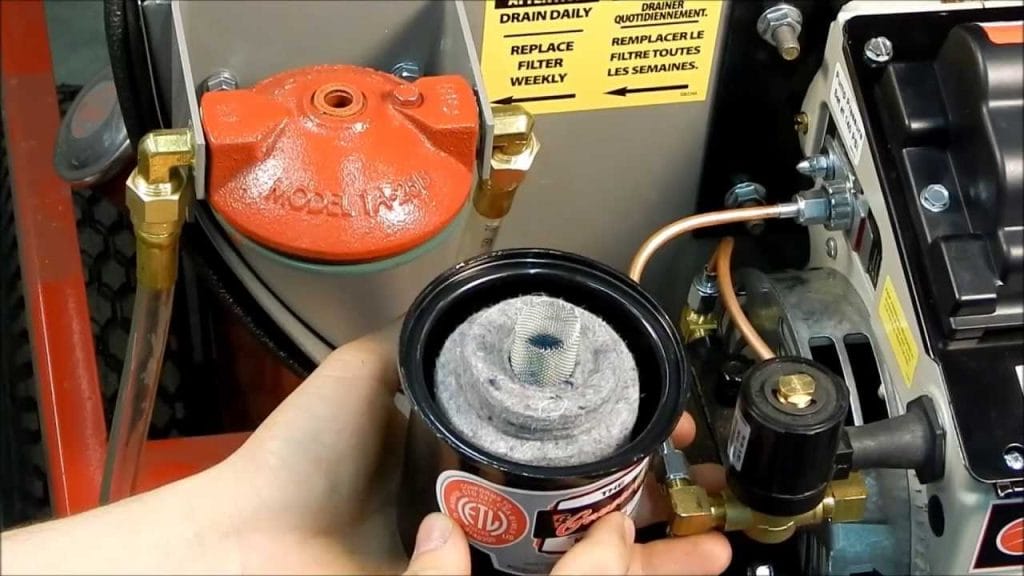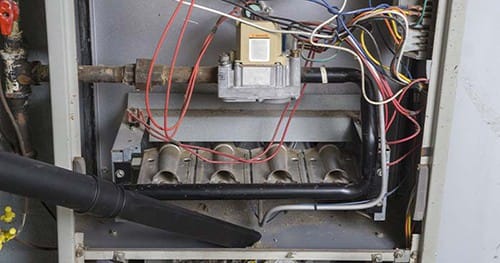A well-maintained furnace and furnace inspection is essential for keeping your home comfortable and your heating costs manageable during the Denver metro area’s chilly winters. Annual furnace inspections help ensure that your system is operating safely and efficiently, reducing the risk of unexpected breakdowns and costly repairs. If you’re considering scheduling a furnace inspection, here’s what to expect and why this service is crucial for your home.
1. A Thorough System Check
A furnace inspection begins with a comprehensive check of the entire heating system. The HVAC technician will examine each component to ensure that everything is functioning correctly and efficiently. This inspection includes a review of the thermostat, pilot light, burners, blower motor, and other critical parts. By checking each component, the technician can identify any potential issues that could affect performance or safety.
2. Cleaning Essential Components
Over time, dirt and debris can accumulate in your furnace, causing it to work harder and reducing its efficiency. During the inspection, the technician will clean essential components such as the burners, blower, and flame sensor. Cleaning these parts helps maintain good airflow and ensures that your furnace can heat your home effectively without unnecessary strain on the system.
3. Checking and Replacing the Filter
A clean air filter is essential for optimal furnace performance and good indoor air quality. During an inspection, the technician will check the condition of your furnace filter. If it’s dirty or clogged, they’ll recommend a replacement. Regular filter replacement can prevent airflow restrictions, reduce energy consumption, and protect your furnace from damage.
4. Inspecting the Heat Exchanger
The heat exchanger is a vital component of your furnace, as it’s responsible for warming the air that’s circulated throughout your home. A cracked or damaged heat exchanger can lead to dangerous carbon monoxide leaks, which is why a thorough inspection is crucial. During a furnace inspection, the technician will examine the heat exchanger for any signs of cracks, corrosion, or damage. If there are issues, they will discuss repair or replacement options to ensure your safety.
5. Testing Electrical Connections and Safety Controls
Faulty electrical connections can lead to system malfunctions or even fire hazards. The technician will inspect and tighten all electrical connections within your furnace and test safety controls to ensure they’re working properly. This includes checking the thermostat wiring and confirming that the safety shut-off functions are operational, so your furnace will shut down automatically if an issue arises.
6. Calibrating the Thermostat
An improperly calibrated thermostat can cause your furnace to overheat or underheat your home, leading to discomfort and higher energy bills. During the inspection, the technician will test and calibrate the thermostat to ensure accurate temperature readings. This helps improve energy efficiency by keeping your furnace from running too often or not enough.
7. Examining the Ventilation System
Proper ventilation is essential for exhausting gases like carbon monoxide out of your home. The technician will inspect your furnace’s ventilation system, including flue pipes and venting components, to make sure everything is securely connected and venting properly. This step is especially important in the Denver metro area, where temperatures can fluctuate and moisture buildup may affect venting.
8. Checking for Gas Leaks (for Gas Furnaces)
For gas furnaces, the technician will check for gas leaks around the furnace and at the gas line connection. Any gas leaks, even minor ones, can be dangerous and should be addressed immediately. If a leak is detected, the technician will inform you and provide options for repair to keep your home safe.
9. Providing a Detailed Report and Recommendations
At the end of the inspection, your technician will provide a detailed report of the findings. This report will outline any issues discovered during the inspection and may include recommendations for repairs, maintenance, or part replacements. If your furnace is in good shape, you’ll get the peace of mind that it’s ready for the winter season. If repairs or upgrades are needed, the technician will guide you through the next steps.
Why Annual Furnace Inspections Matter
Regular furnace inspections offer several benefits for homeowners in the Denver metro area:
- Increased Efficiency: A well-maintained furnace operates more efficiently, saving you money on energy bills.
- Enhanced Safety: Inspections catch potential hazards like gas leaks and carbon monoxide risks, ensuring your family’s safety.
- Extended System Lifespan: Routine maintenance prevents unnecessary wear and tear, helping your furnace last longer.
- Reduced Risk of Breakdowns: By identifying minor issues early, inspections reduce the likelihood of costly emergency repairs.
Schedule Your Furnace Inspection with Top Shelf Electric, Heating, & Plumbing
Preparing your furnace for winter with an annual inspection is a smart investment in your home’s comfort and safety. At Top Shelf Electric, Heating, & Plumbing, we offer professional furnace inspections and maintenance services for homeowners throughout the Denver metro area. Our experienced technicians provide thorough inspections and expert advice to ensure your furnace is ready for the cold season ahead.
Contact us today to schedule your furnace inspection and keep your home warm and safe all winter long.




